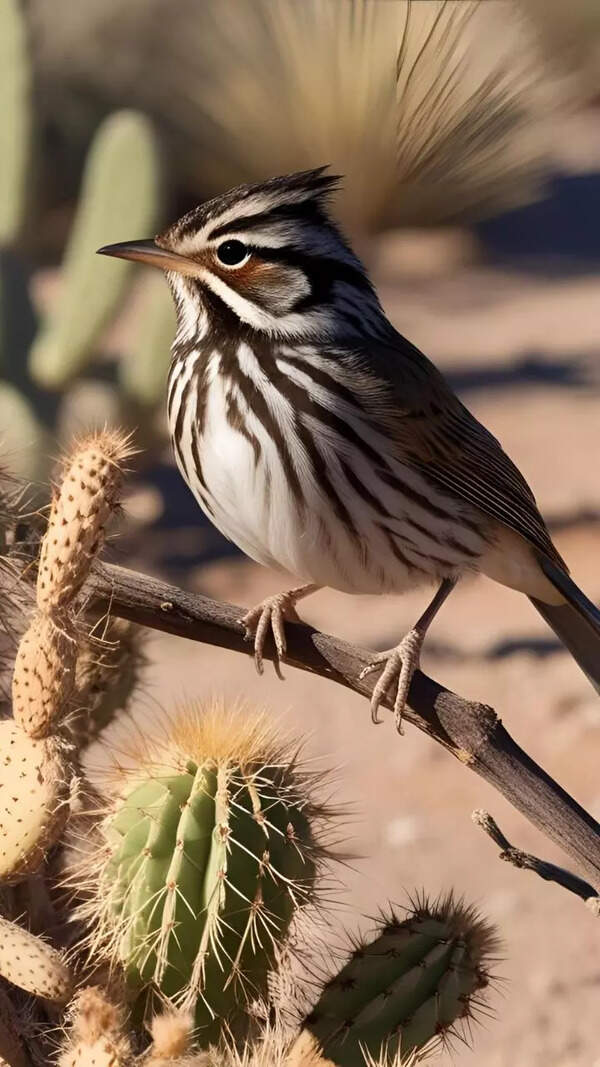- News
- India News
- Times Evoke News
- ‘A 15 million-year-old fish shows Australia was once a rainforest — which became arid’
Trending
‘A 15 million-year-old fish shows Australia was once a rainforest — which became arid’
Matthew McCurry is a vertebrate palaeontologist at the Australian Museum. Speaking from Sydney to Srijana Mitra Das at Times Evoke, McCurry explains his new find which shows climate — and change:
Can you describe your work?
I am a palaeontologist — we study ancient animals and plants mainly through fossil remains while archaeologists study human society and structures. Since humans came later, our work often predates what archaeology finds. My own research seeks new information which can indicate what past environments were like.
Please explain your latest discovery?

.
What does the fish fossil itself show?
This is preserved in a very unique way. Normally, we can only see hard tissue in fossils, which comprises skeletons, etc. Here, we can see soft tissue as well — hence, along with the skeleton, we can also observe where the skin was. Even the stomach of the fish, down to the contents of its meal, are very well-preserved, letting us see how it had eaten certain phantom midge insect larvae, a small mussel, etc. Within the cells across the body, we can see the structure of individual organelles called melanosomes — these are colour-producing parts in fish cells. This helps us identify the colour patterning across the body of this fish, which was likely to have been darker on top and paler by the stomach, with two stripes on the sides. We can even see parasites attached to this fish — small freshwater mussels link themselves to fish for a ride and we can observe such a glochidium here too.
This level of preservation tells us a lot about the biology of this species, its environment, which animals it interacted with, its diet, its predators, which parasites it played host to, etc.

.
How did a rainforest vanish? Australia is often imagined as hot, sunny and dry — but, as palaeontologist Matthew McCurry has found, its Osmeriformes fish fossil proves this was once a lush, cool and damp ecosystem. (Images Australian Museum, Salty Dingo, & 'Miocene': Alex Boersma)

.

.
What does this fossil indicate about the Miocene, Earth’s era of transitions?
These species lived in a very wet, dense rainforest environment — however, by the end of the Miocene, Australia had become far more arid. By looking at the species which existed then and understanding how those changes in the environment impacted them, we can better predict the future.
What drivers could have turned a lush rainforest habitat into a dry land?
There were multiple factors at play. During this time, Australia was drifting further north. Meanwhile, ocean currents were changing considerably while ice caps were forming in Antarctica. That led to drastic changes in the environment — Australia altered from a very wet habitat to deserts and arid shrublands. The impacts of this aridification have been hard to judge — a lot of what we know about the change in ecosystems comes from the pollen record. That involves looking at which species of plants were producing pollen then but, until recently, we haven’t had good fossils to show us what these organisms themselves were like. At this site, we can now see preserved flowers, leaves and plants, different species of insects, spiders, etc. — so, we are now getting a much better picture of how this environment looked.

.
A climate-change web: The Miocene spider fossil (above), Megamonodontium mcclusskyi (below), was five times larger than its kin living now in wet locales. (Images: Australian Museum, Michael Frese & Alex Boersma)

.
Earlier, you found a significant spider — can you tell us about that as well?
That was also found in McGraths Flat, buried in iron-rich rock called ‘goethite’ which preserves organic remains well — this was a species of brush footed trapdoor spider from the Barychelidae family. Its closest living relatives are a genus called Monodontium — those spiders are found today from Singapore to Papua New Guinea, which are much wetter environments than Australia.
What this suggests is that Austra lia was host to these spiders — which, as the fossil shows, were five times larger earlier — and the aridification of the continent, with the resultant change in ecosystems, made them go extinct across the mainland. That is a fascinating turn of events. We look forward to more exploration and analyses of such rich fossil finds.

.
End of Article
Follow Us On Social Media









